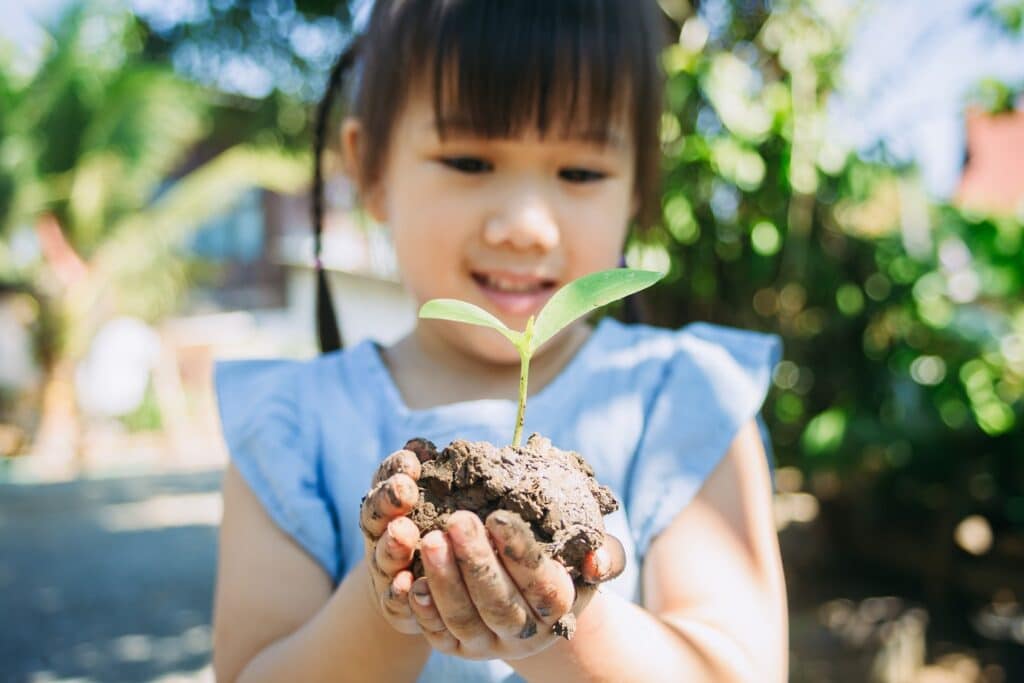Children have the most to lose if ambitious climate action isn’t taken to protect the planet’s future. Recognising this, the United Nations Committee on the Rights of the Child has, for the first time, affirmed the children’s right to a clean, healthy and sustainable environment.
The committee has published authoritative guidance to Member States on what they must specifically do to address the climate emergency and protect the lives of children.
Under the UN Convention on the Rights of the Child, the guidance– General Comment No. 26– states that children’s views must be considered in environmental decision-making and stresses the critical role of environmental education in preparing children to take action, advocate and protect themselves from environmental harm.
“Children worldwide have been leading the fight against climate change; calling on their governments and corporations to take action to protect the planet and their future,” said Philip Jaffé, a member of the United Nations Committee on the Rights of the Child.
“With its General Comment No. 26, the Committee on the Rights of the Child not only echoes and amplifies children’s voices, but also clearly defines the rights of children in relation to the environment that States Parties should respect, protect and fulfil… collectively and urgently!”
The General Comment No. 26 was created through broad consultation with Member States, international and regional organisations, such as United Nations entities and specialised bodies, national human rights institutions, civil society organisations and children themselves.
Terres des Hommes was the UN Committee’s official partner, and its Executive Director, Joshua Hofert said more than 16,000 contributions from children across 121 countries contributed to the General Comment.
“Children are the least responsible for the climate crisis but suffer most from its consequences: every year 1.7 million children under the age of five lose their lives due to avoidable environmental damage,” said Hofert. “And yet, children and young people are under-represented in virtually all decision-making processes on environmental policy.”
One of the child advisors to the General Comment No. 26 was Aniya, a 17-year-old climate and child rights activist from the Pacific Islands.
“To me, the General Comment means worldwide change that is necessary as we move forward in fighting environmental issues and take global action in protecting our planet for our generation and the generations to come,” said Aniya.
“It gives children a stronger basis in international law to enforce our Rights to a Healthy Environment. Globally, we are seeing more action for people to protect the environment through Human Rights and GC26 forms an important part of this.”
General Comment No. 26 makes it clear that child rights impact assessments must be undertaken for all environment-related legislation, policies and projects, regulations, budget or other decisions. States will have to report periodically to the UN Committee on relevant progress they have made in protecting children’s environmental rights.
Reiterating the urgency of the General Comment’s intentions for children’s wellbeing, UNICEF Special Advisor on Advocacy for Child Rights and Climate Action said, “the climate crisis is a child rights crisis.”
“Every government has an obligation to protect the rights of every child in every corner of the planet, especially those boys and girls living in countries that have contributed least to this problem but are enduring the most dangerous floods, droughts, storms and heat.”


